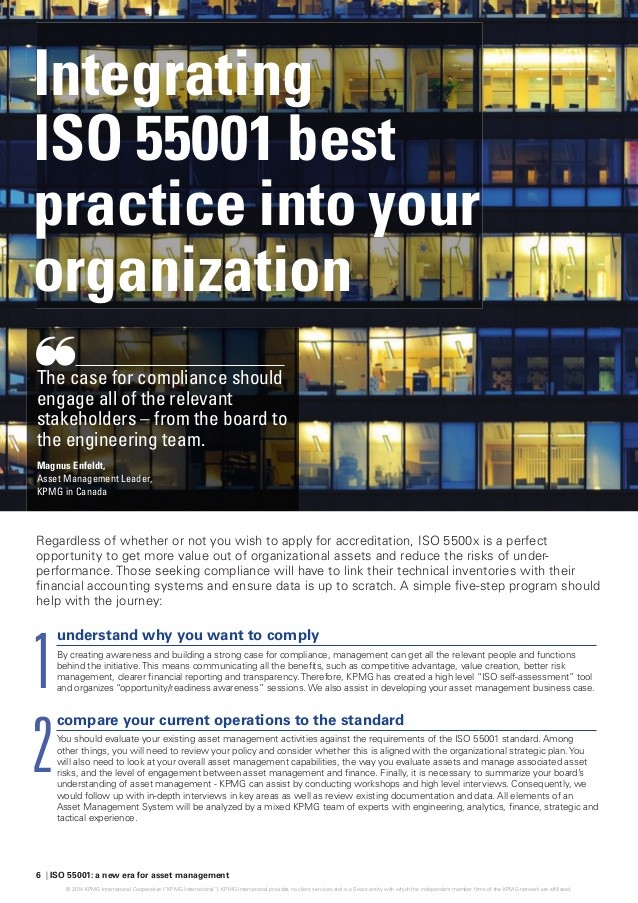Software asset management Ensuring your assets do not become your liabilities
Post on: 16 Март, 2015 No Comment

Network World | Sep 20, 2012 11:47 AM PT
Ever-evolving technology has drastically changed the way businesses manage their software assets. Software asset management (SAM) is a set of proven processes and procedures to manage and optimize your organization’s IT assets. SAM helps companies protect software investments by enabling the organization to recognize what software it has, where the software is running and whether or not the organization is using all software assets efficiently.
Five years ago, even some of the largest companies did not necessarily place a high priority on SAM outside of taking inventory for compliance purposes. But the out of sight, out of mind mentality of the past no longer applies. Amid tightening budgets, organizations are re-evaluating the importance of actively monitoring current software assets.
The emergence of trends such as cloud computing. mobility and virtualization has propelled SAM into the forefront of the software purchasing process. Due to these advances in technology, SAM has evolved into a more robust process involving software, multiple-use rights and compliance. Addressing these key components is a critical step toward increasing efficiency and mitigating risk.
Businesses often purchase software and hardware assets without a clearly defined management method. Without proper management, assets can become little more than shelfware — software that is neither used nor needed. SAM prevents the shelfware phenomenon throughout the entire technology life cycle by maintaining accurate, up-to-date information of software programs, license agreements and current usage, ensuring that businesses get the greatest return when investing in new software.
Due to the mobility boom, SAM now needs to take into consideration monitoring assets on multiple devices. Although it may seem like a daunting task, the need to monitor multiple devices has broadened the awareness of IT decision-makers, helping them to focus on vendor management, purchasing consolidation and software life cycle management. This awareness can help your businesses understand how to utilize SAM as an offensive tool to reduce costs, increase efficiency and alleviate risk.
Different degrees of SAM
Software asset management is definitely a journey. There are many phases and levels of maturity that customers go through as their journeys continue. The first phase commonly beings with addressing a time of need. Perhaps it is gathering the necessary information to determine what software titles and quantities the organization needs to renew.
When organizations first start to dip their toes into implementing a SAM program, many lack the proper tools to manage their software throughout its full life cycle. For this group, it is best to start with a baseline evaluation of your software to identify and address the top issues. Simply answering questions such as, What software concerns keep me up at night? or, Which software assets consume the highest percentage of our budget? can help you determine which software elements your business should tackle first.
Further along the path are businesses that already practice SAM, but need to take a deeper dive. Typically this involves moving past the time of need, advancing from reactive SAM activities to a proactive stance. At this stage, it is imperative that organizations implement internal policies and procedures to create a comprehensive program that supports continuous monitoring of software assets. The realization that SAM is more than just a tool and that it requires working in tandem with people and processes is an important milestone that organizations encounter as they advance their SAM initiatives.

Ultimately, SAM leads to cost savings and increased efficiency by enabling businesses to pinpoint the most widely used software programs, capturing a snapshot of what is running in that environment. The next step for businesses developing a more robust SAM program is to compare the information to both their software purchasing entitlements and the rights awarded to their company based upon its licensing agreements.
It is important to maintain accurate records of licensing agreements to mitigate the risk of fines, settlement charges and potential prosecution associated with using under-licensed or unlicensed software. Alternatively, it is not ideal for a company to be over-licensed because this results in multiple payments for software that the company already owns, or payments for software that is now unnecessary or obsolete.
Because SAM touches a variety of departments including procurement, IT and legal, organizations often wonder which department should take ownership of the process. By far, the most successful implementations involve key players from each department throughout the process. Not only will this ensure that the needs of each department are met, but it will also boost your organization’s SAM strategy to the next level by utilizing the knowledge and perspective of multiple departments.
SAM has already transitioned from an item on a wish list to a must have with benefits that dive into other key areas of IT — including infrastructure optimization, technology validation, risk and vendor management. As more organizations begin to incorporate SAM into existing technology strategies, the resulting benefits — asset monitoring, compliance, efficiency and cost reduction — will continue to drive implementation within the marketplace.
CDW is a leading provider of technology solutions for business, government, education and healthcare. Ranked No. 270 on the Fortune 500 and No. 32 on Forbes’ list of America’s Largest Private Companies, CDW was founded in 1984 and employs more than 6,900 co-workers. For the trailing 12 months ended June 30, 2012, the company generated net sales of $9.9 billion. For more information, visit www.CDW.com .
Follow everything from Network World














